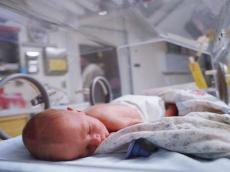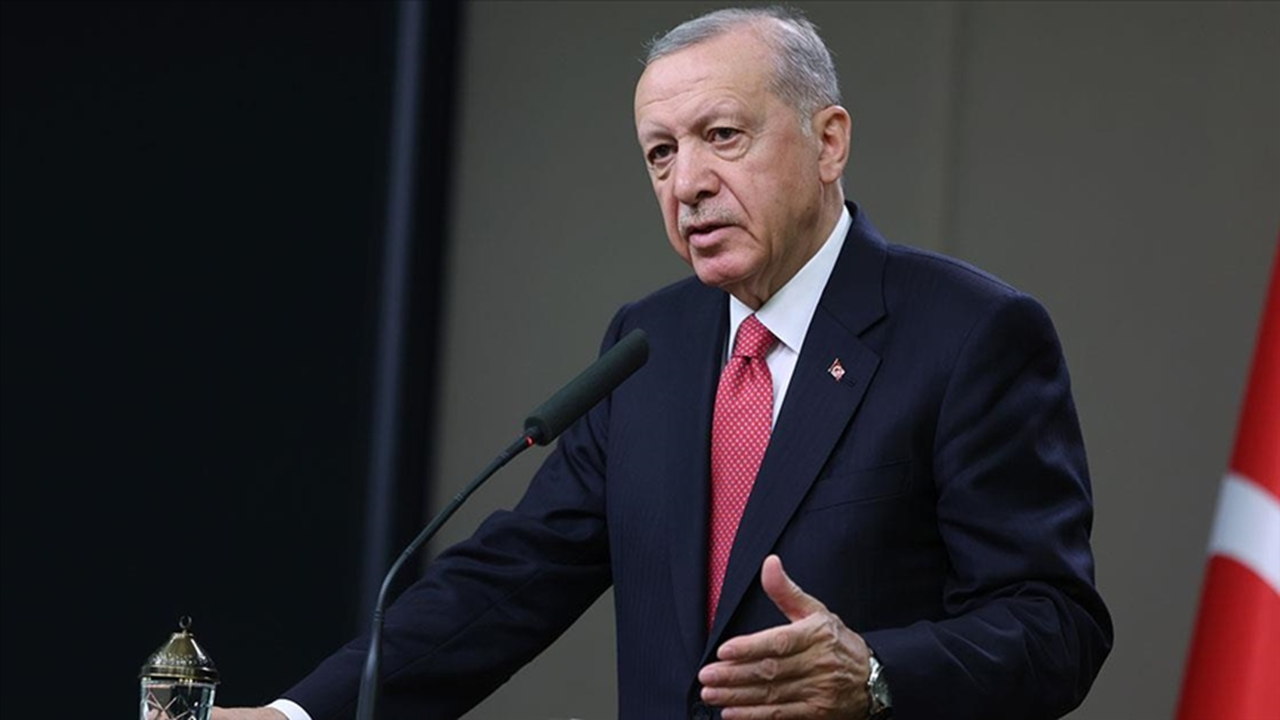|
|
TODAY.AZ / Society
Thousands of infants to have survival chance
03 November 2014 [10:40] - TODAY.AZ

/AzerNews/
By Amina Nazarli
Infant mortality is an important indicator of the health of a nation. That's why Azerbaijan has decided to take a more active role in this field. To this end, a resolution has been adopted by the Cabinet of Ministers.
As of January 1, 2015, "International live birth criteria" will be applied in the Azerbaijani health system. This means that thousands of premature babies weighing a few hundred grams may have a chance to survive.
A live birth is the complete expulsion or extraction from its mother of a product of conception, irrespective of the duration of pregnancy, which, after such separation, breathes or shows any other evidence of life, such as beating of the heart, pulsation of the umbilical cord, or any definite movement of voluntary muscles, whether or not the umbilical cord has been cut or the placenta is attached.
The Cabinet decision says that the adopted resolution will cover all medical institutions in Azerbaijan, regardless of ownership, in accordance with World Health Organization recommendations on "international criteria of live birth."
This definition was given by the WHO in 1950 and is chiefly used for public health and statistical purposes.
A baby's death may go unrecorded because the baby was never officially alive. The WHO definition says an infant is alive if it exhibits any signs of life.
Until recently, many countries used breathing as the sole indicator of life. Under the Soviet definition, moreover, infants who are born before 28 weeks of gestation, who weigh less than 1,000 grams, or who are less than 35 centimeters long are not considered live births unless they survive for seven days.
However, as Professor Nasib Guliyev, chief pediatrician of the Azerbaijani Health Ministry said, this figure decreased according to the new system. If a child is born in 22 weeks or more of pregnancy, weighing at least 500 grams, then these children are called live births. In this case an infant should also exhibits any signs of life.
Meanwhile, Guliyev noted that in order to apply new criteria in the country it is necessary to have appropriate equipment and trained personnel.
"It is important to learn how to nurse these children," the professor stated.
Moreover, Guliyev cited that the specialists from several countries, where this system is applied, note that the chance of survival of these children is 75 percent to 80 percent.
However the main issue here is prevention of preterm birth and making grounds for birth of a greater number of healthy babies.
The infant mortality rate is one of the fundamental issue in assessing the overall level of socio-economic development and fairly characterizes the social situation of the population, the state of national health systems and the relation to human life in general.
In Azerbaijan, the infant mortality rate was at 75 per 1,000 live births in 1990, while the figure for 2013 significantly dropped to 30, according to the data of the UN Inter-agency Group for Child Mortality Estimation. This is certainly a good start, but there is still a long way to go.
Maternal deaths have also decreased in Azerbaijan over the past years. As WHO statistics says, in 1995 for every 100,000 births in Azerbaijan there were 83 deaths. That figure dropped to 26 in 2013.
Azerbaijan also applies the state program called "Azerbaijani child", calculated for 2011-2015. This program is prepared jointly with the State Committee for Family, Women and Children.
Its purpose is to solve problems in the field of maternal and child health. Moreover, the program aims to equate the rate of child health indicators in Azerbaijan to the rate in developed countries.
URL: http://www.today.az/news/society/137313.html
 Print version
Print version
Connect with us. Get latest news and updates.
See Also
- 05 January 2026 [13:24]
Permit deadline extended for solar power plant project in Garadagh - 05 January 2026 [13:13]
First soldier returns to liberated Shushakand after military service - 05 January 2026 [11:02]
Aztelekom expands telecom and internet infrastructure in Garabagh and East Zangazur - 05 January 2026 [10:21]
Defense Ministry announces ammunition disposal operations - 03 January 2026 [14:20]
Meteorology service issues yellow warning for strong winds in Baku, Absheron, and several regions - 03 January 2026 [12:10]
Azerbaijani pilgrims urged to register early for Hajj - 03 January 2026 [10:30]
AHIK organizes New Year festivities for children in Baku - 02 January 2026 [15:41]
President Ilham Aliyev and First Vice-President Mehriban Aliyeva express condolences to Vaira Vike-Freiberga - 02 January 2026 [13:15]
Today marks birthday of national hero, martyred major general Polad Hashimov - 02 January 2026 [12:10]
Rainy, windy weather prevails across Azerbaijan
Most Popular
 Turkish Airlines to establish world's largest cargo terminal with over $2.3B investment
Turkish Airlines to establish world's largest cargo terminal with over $2.3B investment
 Erdo?an says Ukraine War threatens Black Sea trade, calls for peace
Erdo?an says Ukraine War threatens Black Sea trade, calls for peace
 Azerbaijani pilgrims urged to register early for Hajj
Azerbaijani pilgrims urged to register early for Hajj
 Ukraine hosts talks with security allies in Kyiv
Ukraine hosts talks with security allies in Kyiv
 Turkmenistan legalizes crypto mining and exchanges
Turkmenistan legalizes crypto mining and exchanges
 Meteorology service issues yellow warning for strong winds in Baku, Absheron, and several regions
Meteorology service issues yellow warning for strong winds in Baku, Absheron, and several regions
 President Ilham Aliyev receives delegation from U.S. [PHOTOS/VIDEO]
President Ilham Aliyev receives delegation from U.S. [PHOTOS/VIDEO]
